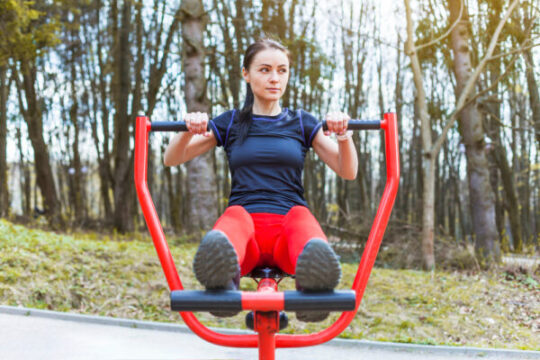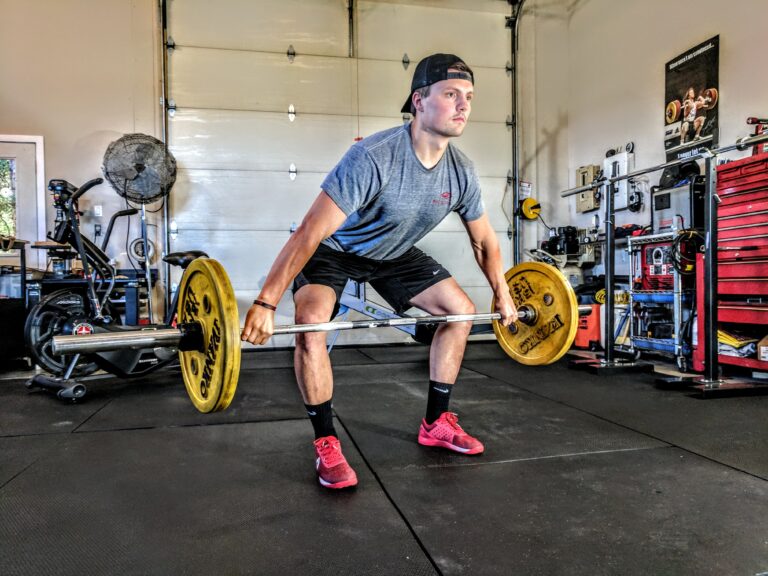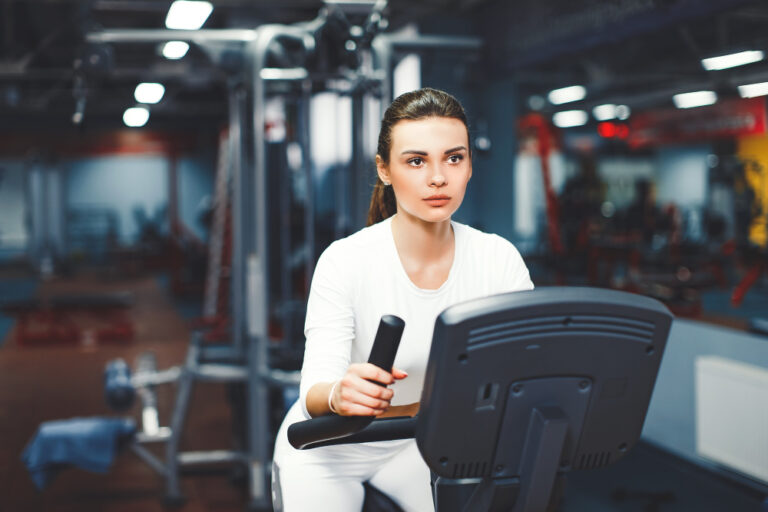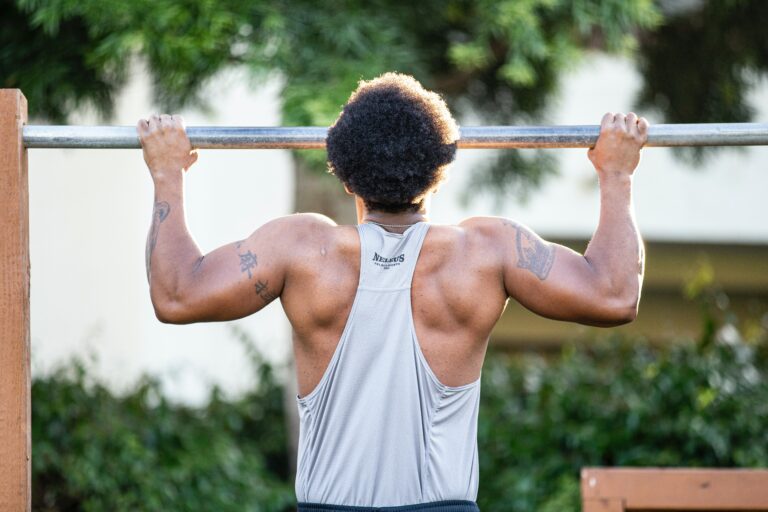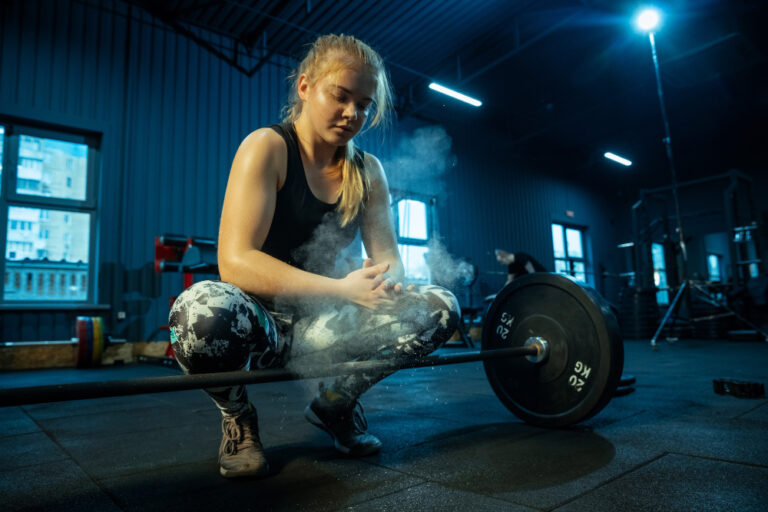The Ultimate 21-Day Training Plan for Mastering the Rowing Machine: Elevate Your Fitness Game Today!
“The Ultimate 21-Day Training Plan for Mastering the Rowing Machine: Elevate Your Fitness Game Today!“
Introduction: The Rowing Renaissance
Ah, rowing machines. You might have spotted them tucked in the corner at your local gym, often overshadowed by the treadmills and ellipticals. But here’s the inside scoop—rowing machines are experiencing a massive comeback and for good reasons!
The Popularity Surge of Rowing Machines
Rowing machines have come a long way since their inception. Once an overlooked piece of equipment, they enjoy their time in the spotlight. The growth in specialized rowing classes and virtual rowing challenges attest to their rising popularity.
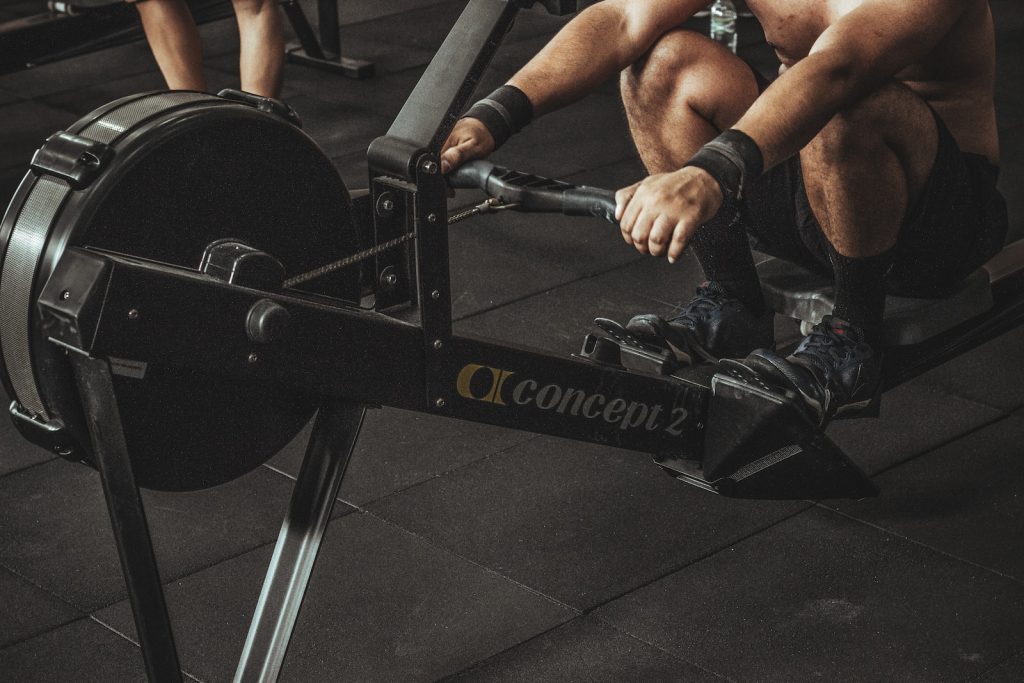
Why Choose Rowing Over Other Forms of Exercise?
Rowing is an all-in-one package. It’s a full-body workout that strengthens your arms, legs, and core while delivering a kick of cardiovascular training. Imagine merging the best of cycling, swimming, and weightlifting into one killer, calorie-burning session—that’s rowing for you!
Getting Ready: Pre-Training Must-Haves
So you’re sold on rowing and want to dive right in. But before you get your oars wet (so to speak), let’s cover the basics.
Choosing the Right Rowing Machine
Picking the suitable rowing machine is crucial for a comfortable and effective workout. Consider factors like resistance type, durability, and extra features like performance metrics.
The Importance of Professional Guidance
Rowing may seem straightforward, but consulting a professional for initial guidance is always a good idea. Incorrect techniques can lead to injuries, a risk you don’t want to take.
Essential Gear and Accessories
Your rowing attire will significantly affect your performance. Look for sweat-wicking fabric and good-quality sports shoes, and remember your water bottle to stay hydrated.
Know Your Row: A Technical Walkthrough
Rowing is about more than just going back and forth. There’s a science to it, and understanding that science is crucial to mastering the art.
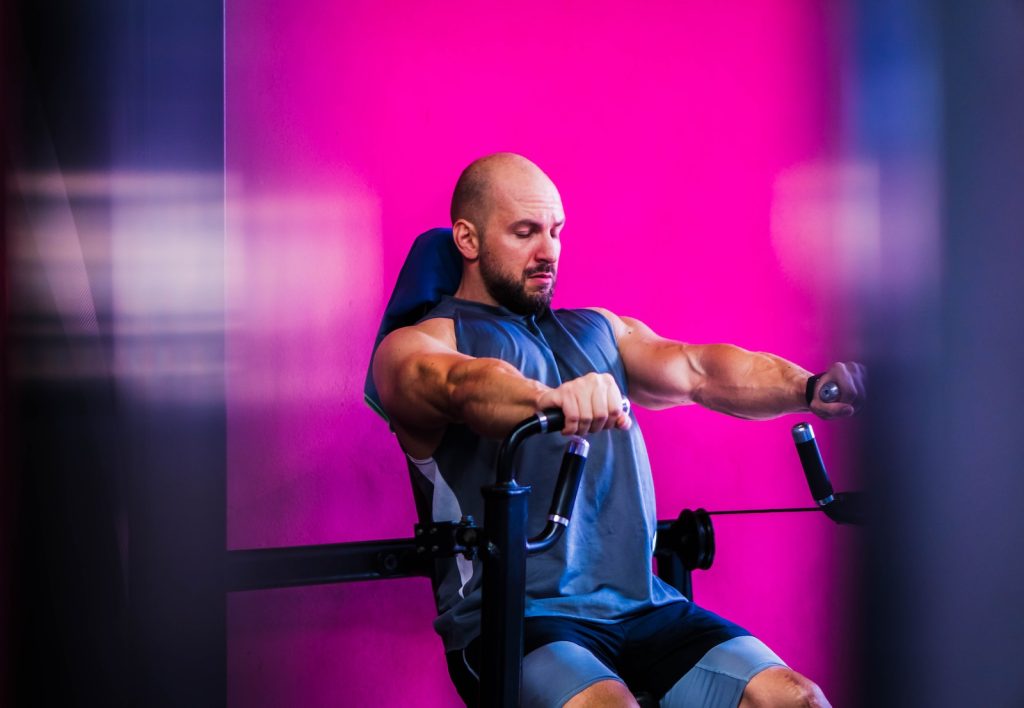
Understanding Rowing Metrics
Rowing machines come with monitors that display various metrics like stroke rate, distance, and calories burned. Familiarizing yourself with these numbers will help you set goals and monitor your progress.
Common Mistakes to Avoid
Many beginners need to use their arms or keep their backs slouched. Incorrect technique can lead to ineffective workouts and even injuries.
The Core Principles of Rowing Technique
Rowing involves four primary phases: the catch, the drive, the finish, and the recovery. Mastering these phases is crucial for an efficient row.
The Catch
This is where the magic starts. Position your body at the front of the machine, knees bent and arms extended. This phase sets the stage for a powerful stroke.
The Drive
From the catch, push with your legs while pulling the handle towards your lower ribs. Make sure to keep your back straight and engage your core.
The Finish
Once you’ve fully extended your legs and pulled the handle towards you, it’s time for the finish. Lean slightly back, keeping your shoulders relaxed.
The Recovery
The recovery is where you prepare for the next stroke. Extend your arms, lean forward from your hips, and bend your knees to slide back to the catch position.
Nutrition: Fueling Your Rowing Workouts
Rowing is an intense activity that requires a well-thought-out nutrition plan. Your body needs the right fuel to perform and recover effectively.
Macronutrients You Need
Focus on a balanced diet of carbohydrates, proteins, and healthy fats. Carbs are your primary energy source, proteins help repair muscle, and fats support overall health.
Timing Your Meals
Eating at the right time can significantly improve your performance and recovery. Try to consume a balanced meal 2-3 hours before your workout and a protein-rich snack afterward.
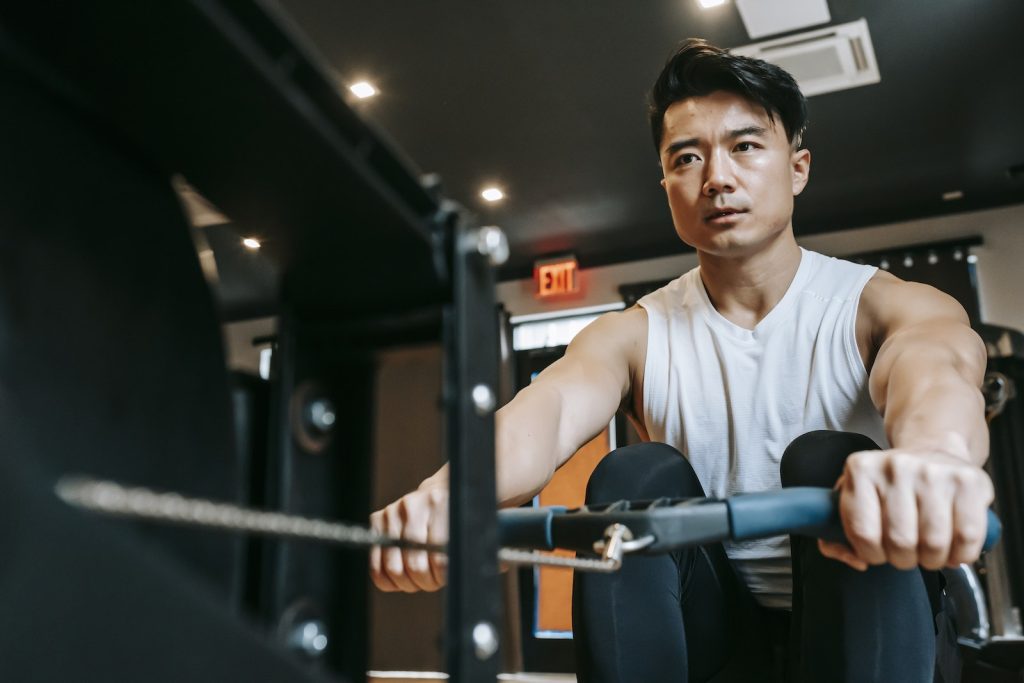
21-Day Training Plan for Mastering the Rowing Machine
The heart of this article lies in the 21-Day Training Plan designed to transform you into a rowing virtuoso.
Week 1: Laying the Foundation
In the first week, your goal is to become comfortable with the rowing machine and to establish good technique. Aim for 15–20 minutes of rowing per session.
Week 2: Building Stamina
Now that you’re comfortable, it’s time to push yourself. Increase the time to 25–30 minutes and focus on maintaining a consistent pace.
Week 3: Perfecting Technique and Speed
By the third week, you should be well-acquainted with rowing. Work on improving your speed and stroke rate while maintaining good form.
Additional Workouts to Complement Rowing
You will need more than just rowing to make you a complete athlete. Incorporating other types of workouts can help you improve faster.
Strength Training for Rowers
Weightlifting can help build the muscle strength required for effective rowing. Focus on compound exercises like squats and deadlifts.
Flexibility and Stretching
Remember to underestimate the power of a good stretch. Flexibility training can significantly enhance your rowing performance and reduce the risk of injuries.
Rest and Recovery: What to Do on Off-Days
Contrary to popular belief, rest days are not “lost days.” They are an essential part of any training program.
Active Recovery
Consider light activities like walking or swimming on your off days. This keeps the blood flowing without putting additional strain on your muscles.
Sleep and Why It’s Crucial
Without adequate sleep, even the best training plan will fall flat. Aim for at least 7-8 hours of quality sleep for optimal performance and recovery.
Monitoring Your Progress
Keeping track of your progress is essential for staying motivated and identifying areas for improvement.
Setting Benchmarks
Establish specific, measurable, achievable, relevant, and time-bound (SMART) goals. This will give you a clear roadmap for your 21-day journey.
Assessing Your Strength and Endurance
As you progress, regularly assess your strength and endurance levels. This will help you tweak your plan and keep you on track.
Nutrition Tips to Fuel Your Rowing Workouts
Proper nutrition is the unsung hero behind every powerful stroke on the rowing machine. Just as a car needs quality fuel to run efficiently, your body requires the proper nutrients to perform at its best during rowing workouts. The significance of proper nutrition in supporting rowing performance cannot be overstated.
Not only does it provide the necessary energy to power through those intense sessions, but it also aids in muscle recovery and overall endurance. So, whether you’re a beginner embarking on your rowing journey or a seasoned pro looking to take your performance up a notch, here are some nutritional tips to keep in mind:
- Pre-Workout Snacks: Choose a snack that balances carbohydrates and protein before rowing. A banana with a tablespoon of peanut butter or a small Greek yogurt with some berries can be excellent choices. These options offer a quick energy source while priming your muscles for the workout.
- Post-Workout Meals: After giving your all on the rowing machine, refueling your body with the proper nutrients is essential. A combination of protein and carbohydrates helps muscle recovery and replenishes glycogen stores. Consider options like a grilled chicken salad with quinoa or a whole-grain wrap filled with lean protein and plenty of veggies. Don’t forget to hydrate to aid in recovery and prevent dehydration.
- Hydration Strategies: Staying adequately hydrated is vital to maintaining energy levels throughout your 21-day rowing training plan. Begin your day with a glass of water and continue sipping water throughout the day. During your workouts, have a water bottle to sip on between sets. Consider incorporating an electrolyte-rich drink for longer rowing sessions to replenish lost minerals. Remember, a well-hydrated body performs better, and this small habit can significantly impact your overall performance.
By incorporating these nutritional strategies into your routine, you’ll power through your rowing workouts with renewed vigor and set the stage for better results and a more enjoyable fitness journey. Remember, your body is the engine, and the fuel you provide can make all the difference in reaching your rowing goals.
Overcoming Plateaus: Pushing Beyond Your Limits
Plateaus are a natural part of any fitness journey, including your rowing adventure. It’s essential to acknowledge that progress might slow down at some point, and those once tangible gains may feel elusive.
But fear not because plateaus are merely stepping stones toward your next breakthrough. If you find yourself stuck in a rut, remember that every successful athlete has faced a plateau, and they’ve emerged more robust and more determined. Here’s how to rise above the challenge:
- Embrace Change: To overcome a plateau, it’s time to shake things up. Your body adapts to routine, so introduce variations in your workouts. Increase resistance, alter rowing techniques, or incorporate interval training to surprise your muscles and stimulate growth.
- Try New Techniques: Exploring different rowing techniques can reinvigorate your workouts. Experiment with varying stroke rates, focusing on power strokes for a session or even try a new rowing machine program. These variations keep your body guessing and prevent it from settling into a monotonous routine.
- Seek Expert Guidance: Don’t hesitate to seek advice from experienced rowers, coaches, or fitness professionals. Their expertise can provide fresh insights, identify areas for improvement, and guide you toward new strategies to break through plateaus.
Remember, plateaus are stepping stones toward your subsequent victory. Imagine the feeling of conquering a challenge that once seemed impossible. Stories of individuals who’ve faced and overcome plateaus prove that setbacks are temporary and persistence pays off. A fellow rower who once felt stuck in her progress decided to switch from her usual routine to interval training. Initially daunting, this change breathed new life into her workouts.
Another rower found renewed enthusiasm by setting specific goals, pushing her to strive for personal bests and eventually breaking through her plateau. These examples remind us that plateaus are opportunities to redefine our limits and emerge stronger than before. With the right mindset, determination, and strategic adjustments, you’ll transcend any plateau and continue your journey toward rowing excellence.
Frequently Asked Questions
What Is the Best Time for Rowing?
Morning workouts can kickstart your metabolism, but the best time is when you can consistently commit to it.
Can Rowing Replace Gym Workouts?
While rowing is a comprehensive workout, combining it with strength training can yield better results.
How Do I Maintain My Rowing Machine?
Regular cleaning and periodic inspections will ensure your machine stays in top shape.
What if I Miss a Day?
Missing a day isn’t the end of the world. Just make sure to pick up where you left off.
Can I Continue Beyond 21 Days?
Absolutely! Consistency is critical, so feel free to extend your training period.
What Are the Health Benefits of Rowing?
From cardiovascular health to muscle toning, the benefits are myriad.
Conclusion: Your Journey Beyond 21 Days
Completing the 21-day plan doesn’t mean your rowing journey has to end. The skills and discipline you’ve gained can be applied to various other aspects of life. So keep rowing; the sky’s the limit!
Recommended Rowing Communities and Resources
Whether you’re a beginner or an advanced rower, connecting with like-minded individuals can significantly boost your motivation. Here are some online rowing communities and resources to check out.

